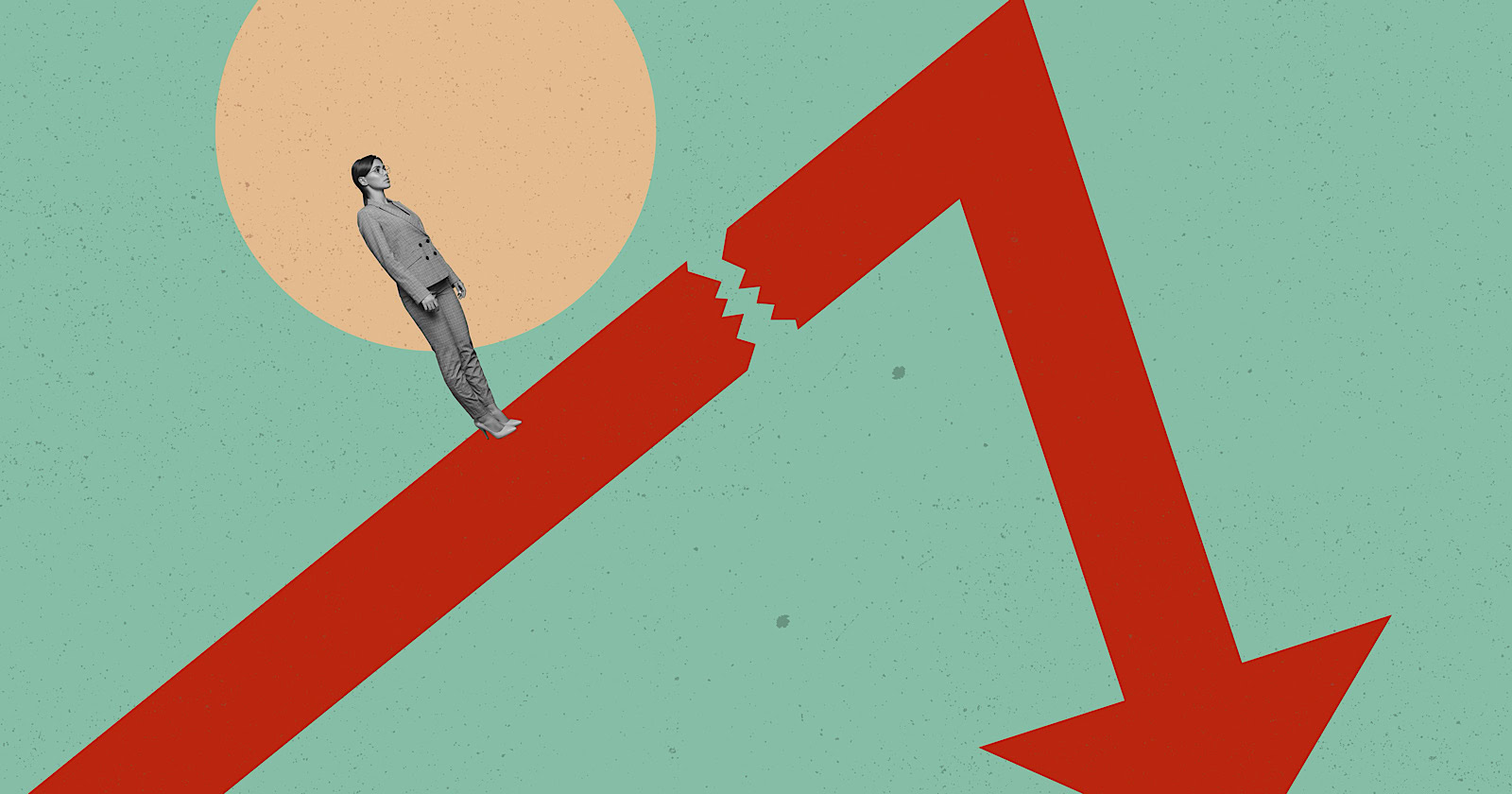Why brands need to embrace discomfort and lead the difficult conversations amid social, cultural and economic inequity
We need more and different perspectives engaged in shaping our world.

I make people comfortable until I don’t. What that means ultimately comes down to stories—the ones I tell and the ones I don’t. I can prioritize the comfort of others at the expense of my own by withholding details of my background. This makes it easier for people to see me as a leader, both in client meetings and within my own agency. But the uncomfortable truth of my story is that I was adopted. I have never fit into a simple demographic box; in fact, one might say I was given away. Being given away sounds scary, awful and evil, maybe. But what if being given away means being gifted a different and new opportunity?
I was born in El Salvador during a civil war. Against unlikely odds have I found myself where I am. I was adopted and raised by a single mother who invested her love, time and money in my future. I received a great education—including two private art school degrees—and I have a loving and supportive family. I am lucky to have what my family has given me. My responsibility is to pay that forward. And as I do so, the tension of my life’s experiences live on in every brand I help build or perception I help mold through my work.
Talking about class, gender, race, disability and religion can be uncomfortable. It is especially difficult for the people behind the brands that fight hard to avoid cultural complexities. But we must overcome that discomfort and examine our relationships to these issues to come to greater mutual understanding. Having honest and forthright conversations will engage more people in the process of creating the world around us, whether it be through technology, architecture, cities, ads, fashion or other cultural touchpoints. We need more and different perspectives engaged in shaping our world. We need to question what we thought we knew about power and influence. We need to get comfortable with the uncomfortable.
A greater responsibility
In the advertising, design and branding industries, companies pay us to influence how people think about themselves and how they spend their money. In meeting the expectations of our clients, we also design and shape the culture around us, including how people see the future and how they fit into it. That is a huge responsibility. We wield tremendous power. The people involved in building brands have a responsibility to push back against the status quo.
If brands, marketers and agencies engaged with the uncomfortable and questioned what might be possible, they could build a future that we can all look forward to seeing and experiencing. Brands often fall short of doing this because brands are not people; they are manufactured by people who show a consistent lack of discomfort with the issues of our time. But hundreds of millions of people—myself included—don’t have the luxury of ignoring these issues because of who we are and where we come from.
In business, discomfort is inconvenient. Companies operate quarter to quarter. They want to move more cases, sell more things, get more people to buy their products and services. It is easy for companies to focus on product benefits, features and individual reasons to sell something instead of contemplating the role a brand has in society and considering the identities of those they don’t understand.
The reality is that many people don’t want to confront categories of identity in their own lives, let alone in their professional ones. There is not much reflection happening across the board. But that needs to change, and we are all responsible for changing it.
How to get used to discomfort
The discomfort that people feel when talking about categories of identity is related to a question of power: Who has it, and how they are using it? Those in power have the luxury of avoiding discomfort. What would business look like if the powerful questioned how they got to where they are?
Women have always had to defend how they moved up the professional ladder. They field probing questions about their personal decisions, professional aspirations, appearance and credentials. Any woman at the top has been asked how they got there—probably more than she wants to admit. This is multiplied by 10 for women of color. How often do men receive this same kind of scrutiny? What would the world look like if men questioned their own power, even if that were uncomfortable?
This is more than just a question of social, cultural and economic equity. More and more people understand that there are unmet needs in society, that we keep taking from the world around us without giving back. Perhaps that’s the nature of capitalism, but in the last several years, people have developed a greater expectation for companies and organizations to address societal issues and needs with urgency. Consumers understand that they have spending power and that it matters where they spend those dollars. This is a wake-up call for comfortable brands. If they can’t or won’t get uncomfortable to meet the moment with consumers, those customers will respond with their wallets.
We all want to be surrounded by people who care about us, by a community that allows us to support each other and live a fulfilling life. But in this aspiration, our businesses and professional communities are coming up short. There are still so many examples of women—particularly women of color—who are met with resistance as they shatter ceilings, break down walls and knock down barriers. I can relate to the women who have experienced discomfort. I can empathize with the women who have had their souls crushed and spirits broken, who have been chased away from their professional ambitions.
I have had to learn to find comfort in uncomfortable conversations and situations. I have had to examine the gifts and opportunities that I have received that many people don’t. It’s time for brands and the people behind them to do the same. They must embrace discomfort and question their positions not only to promote change but to find the empathy and understanding that discomfort provides.

 Tekef
Tekef 
































